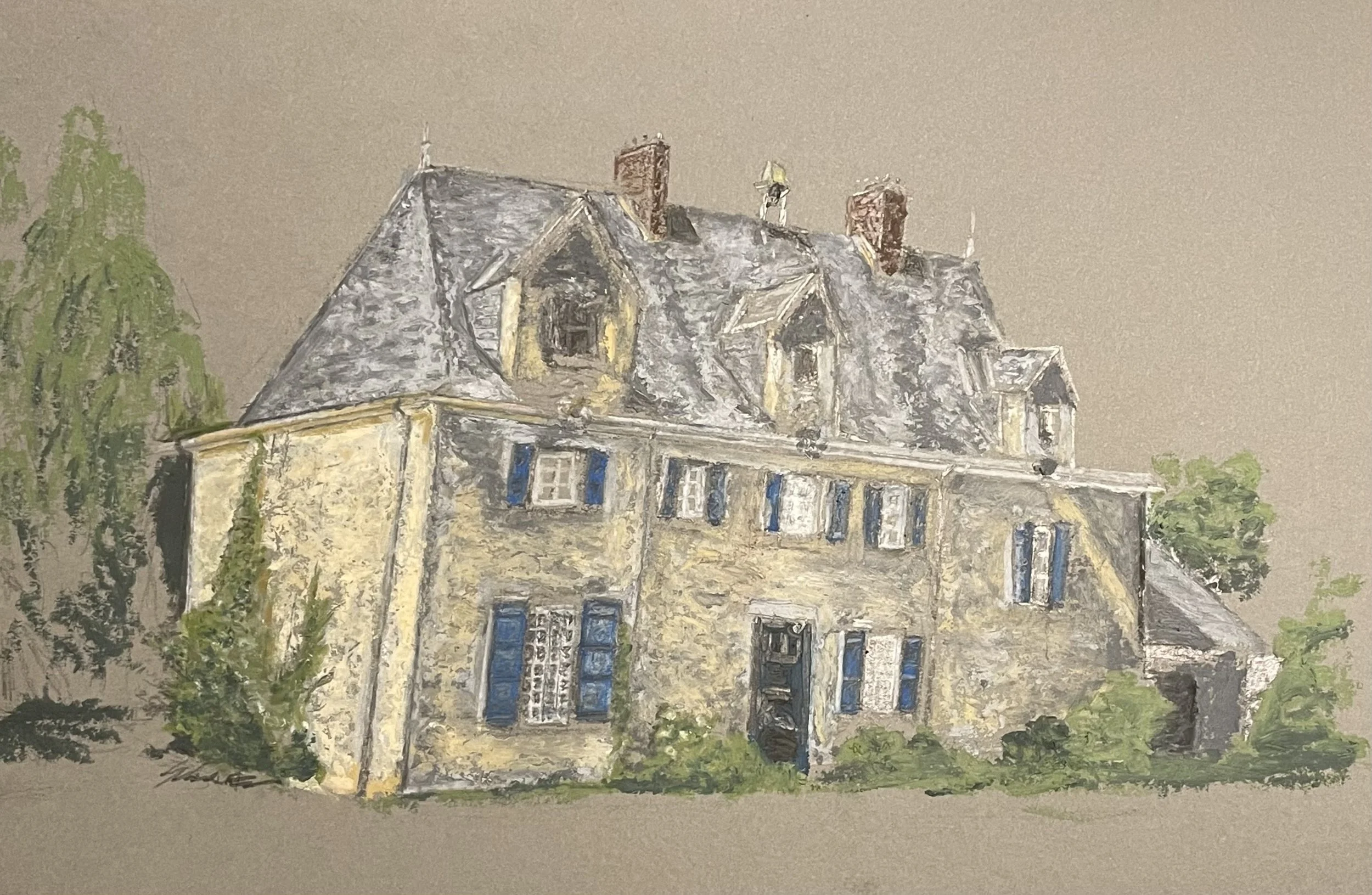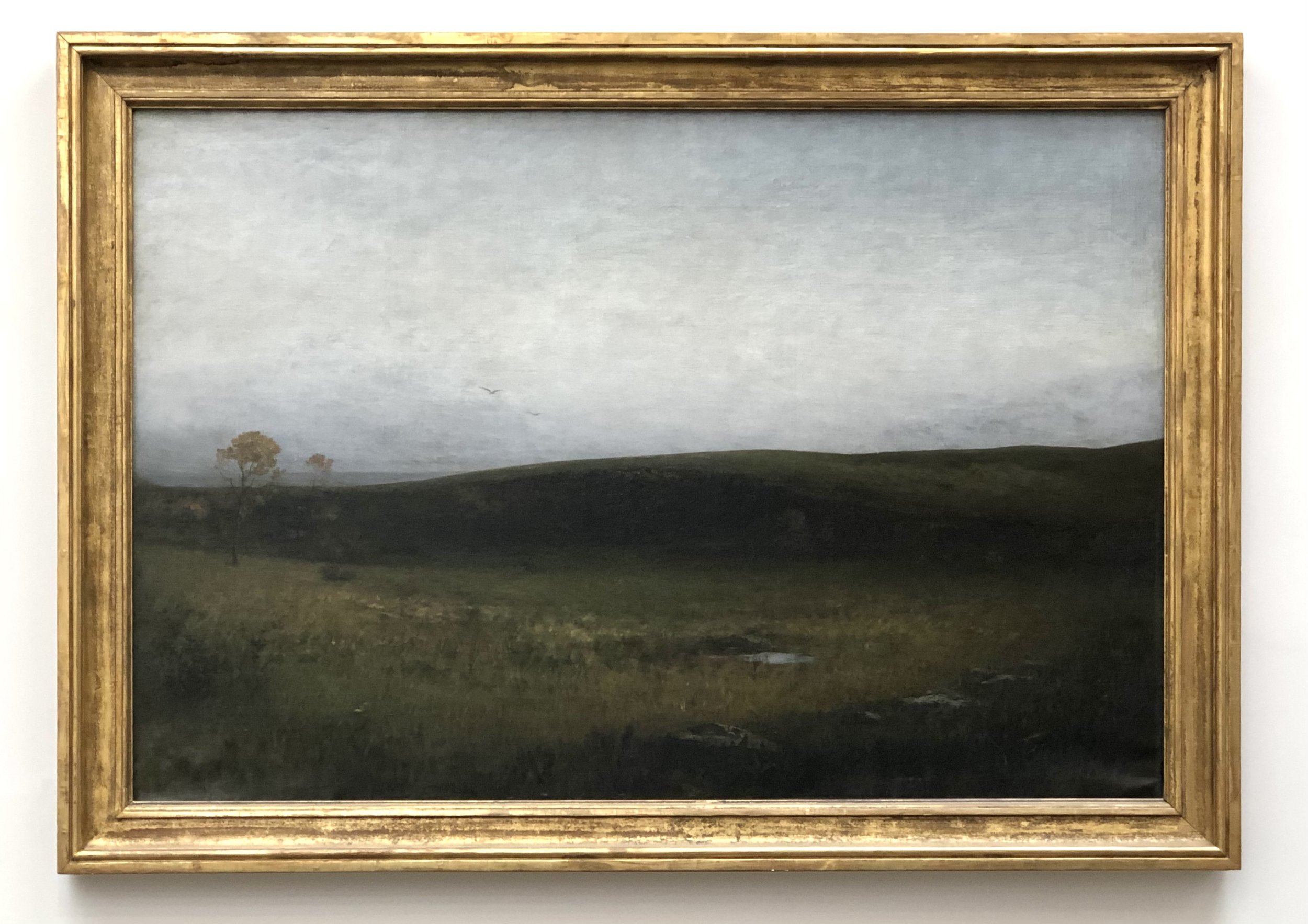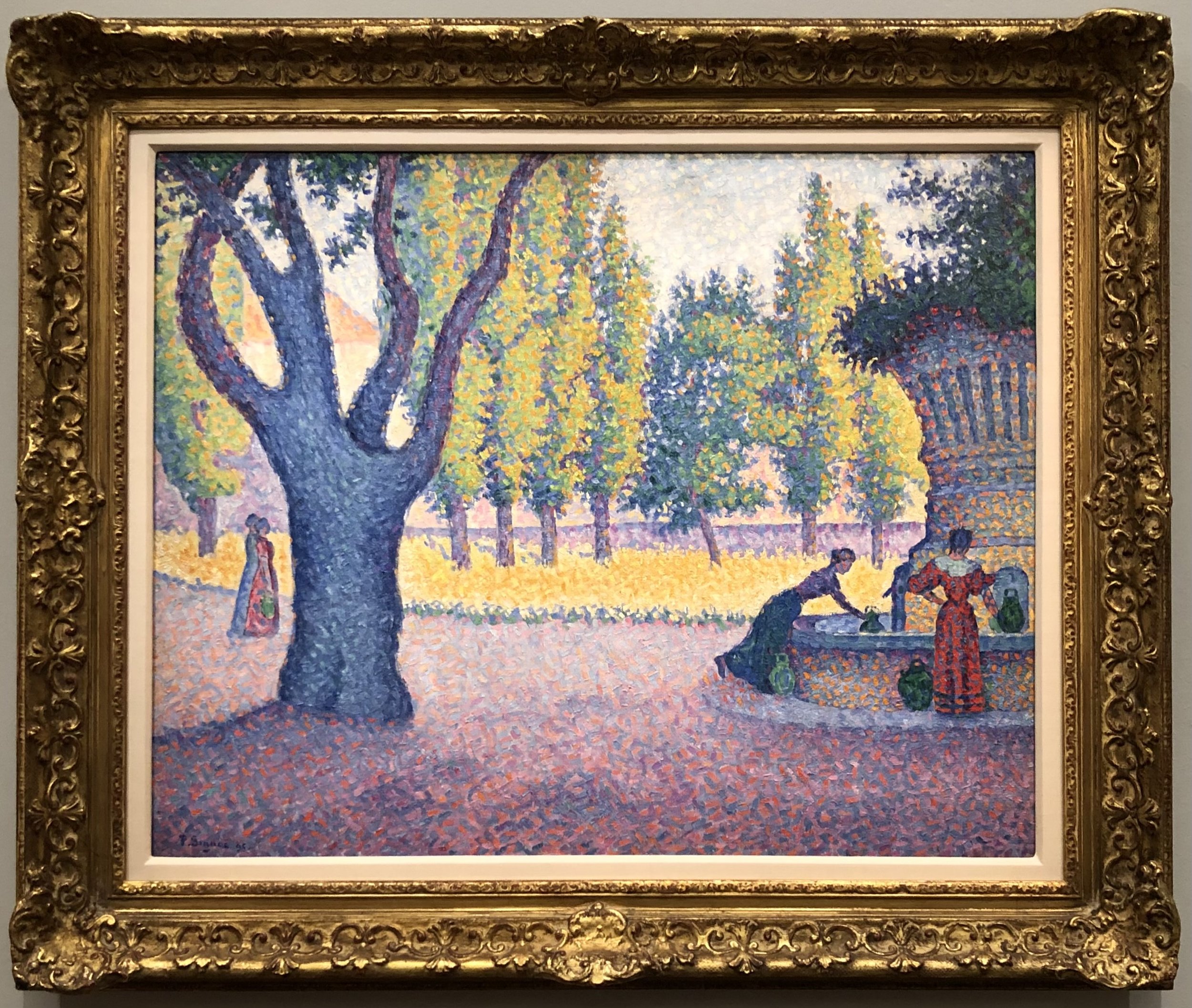
The Village Between Two Cities
In August, much of Paris shuts down as people leave on vacation. Many shops close for three or four weeks, while larger stores and those in tourist-heavy neighborhoods stay open. In September, everyone talks about “la rentrée” like “back to school” in the States, but here it applies to everyone. Everyone returns, shakes off the lazy rays of sunshine. Paris looks well rested, already offering its annual preview of Fall before the calendar ticks over.
September marks the return to work, school, and research. My wife and I pick up our lists of contacts, areas of interest, and alerts, and slide back into our routine: homemade bread, toasted; freshly roasted coffee; and real-estate listings.
In France, countryside listings can be fickle. Some linger unchanged for months after a home has sold. Others reappear every week with new photos and a new price.
When we finally come across something that looks exactly right, our first reaction is less “Eureka! I’ve found it!” and more “What’s wrong with it?”

The Way Forward
I’ve been working as a coffee professional for some years now. One thing I love, one thing that keeps this industry free to evolve, is how few of us started here. Nearly everyone I’ve worked with came to coffee from somewhere else: art or design, finance or pastry. We bring those old tools to a new bench.
When a product with such a long history is constantly seen by fresh eyes, it becomes free to change.
So the questions never stop:
What if we tried this?
Why hasn’t anyone ever made coffee like that?
Who grew this variety, and why not another?

Signals
We’ve recently begun the real adventure: physically looking at properties. It’s thrilling and terrifying, hopeful and heartbreaking all at once. Each place we see becomes a question about what it might become:
« Is this space laid out in a way that aligns with our vision? »
« Does it flow naturally toward the areas we plan to activate, or does it feel awkward, like we’ve stumbled into a stranger’s home? »
« If I were arriving here for the first time, would I feel excitement about what lies ahead—or would I instantly want to turn around and leave? »
This elusive quality—the intangible thing about a place that pulls us in, makes us feel welcome, comfortable, excited—is central to everything we're trying to build.

A Local Table, A Global Conversation
"Don’t ask me how this scales. Ask me how this spreads." — Dan Barber
Not long ago, every fine‑dining menu was judged by the same yardstick: How close could the chef land to the canonical duck confit, the flawless bouillabaisse, the perfect coq au vin? Today, we arrive at restaurants with a completely different hunger. We don’t want the same dish executed immaculately. We want a dish that could only have been imagined here, on this soil, by these hands.
Coffee, oddly, still lives in yesterday’s dining room. We slip into a new café, puff up our critical feathers, and decree, “I shall judge thee by the merit of thy flat white! …Ooh and may I have a cookie, too?” In response, most specialty coffee bars around the world have converged on a single, safe template: same gear, same drinks, same pale pastries, delivered with the same earnest smile.
Which leaves us with the same restless question the restaurant world faced a decade ago: What’s next?

Shouts & Murmurs
Unnoticed by some, but constantly impacting the experience for everyone. One’s willingness to stay, to relax, to enjoy. Noise.
The two girls laughing and practically shouting at each other from just across the table in an attempt to tell a personal story which unfolds inevitably to the displeasure of the entire room. Crashing dishes which momentarily cut the hearing out of one of your ears.
As someone who has worked behind the counter but is also continually a client in many different coffee shops—noise is something that consistently has an enormous impact on my experience.